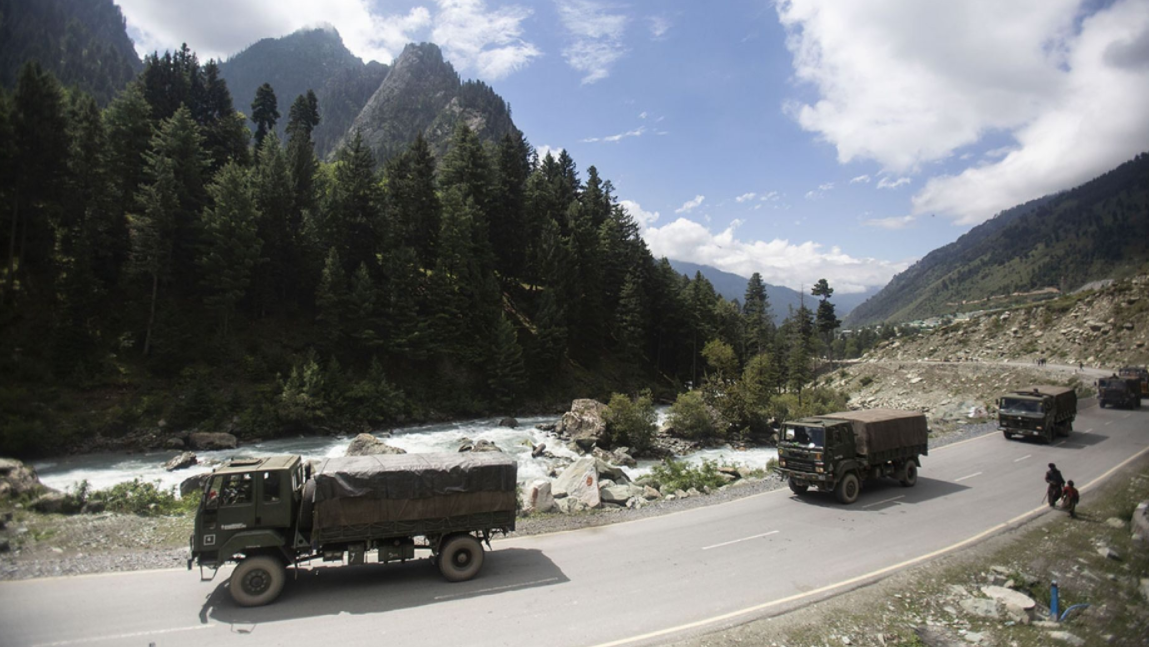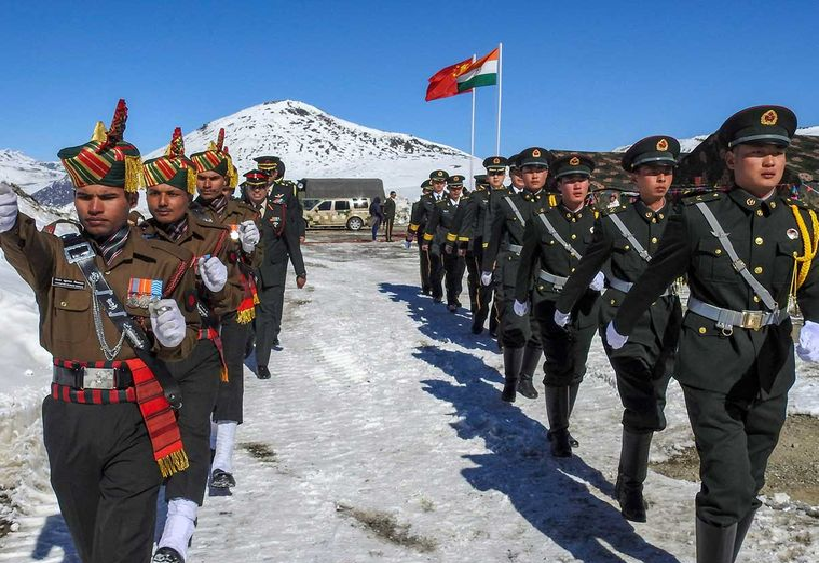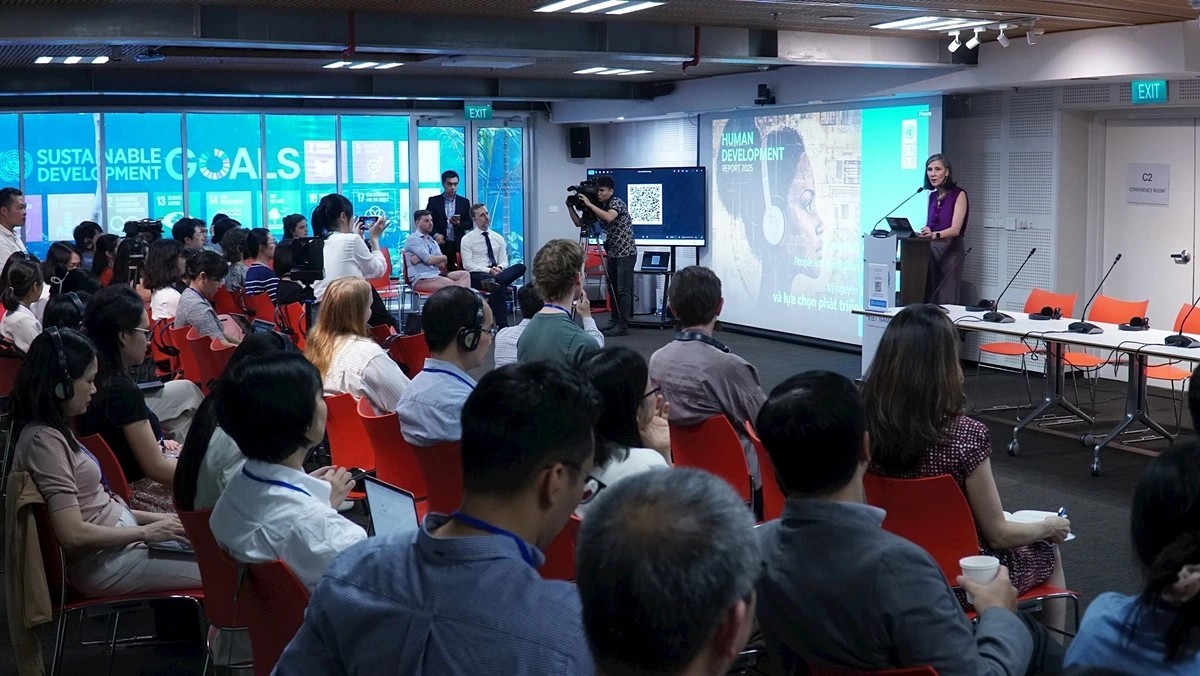China returns five Indian nationals detained at border
![Bilateral relations have been unusually tense since a clash at a disputed border area in June that killed 20 Indian soldiers, with an unknown number of Chinese casualties [File: Adnan Abidi/Reuters] 4510 border](https://vietnamtimes.org.vn/stores/news_dataimages/phamhuongvnt/092020/14/04/in_article/4510_border.png?rt=20200914072741) |
| Bilateral relations have been unusually tense since a clash at a disputed border area in June that killed 20 Indian soldiers, with an unknown number of Chinese casualties. Photo: Reuters |
Five Indian nationals from a remote eastern state who had been detained by Chinese authorities in a region bordering Tibet were handed over to Indian authorities on February 12, the Indian army said.
“Individuals will now be quarantined for 14 days as per COVID-19 protocol and will thereafter be handed over to their family members,” Lieutenant Colonel Harsh Wardhan Pande, a spokesman for the Indian army, said in a statement.
Pande said the five youths had “inadvertently strayed” across the de-facto border while foraging and hunting, adding that two other such incidents had taken place this year in India’s Arunachal Pradesh state, which borders China.
However, a Chinese state-backed tabloid said the five were Indian intelligence agents dressed as hunters, disputing claims that they had been kidnapped.
Bilateral relations have been unusually tense since a clash at a disputed border area in June that killed 20 Indian soldiers, with an unknown number of Chinese casualties, Reuters said.
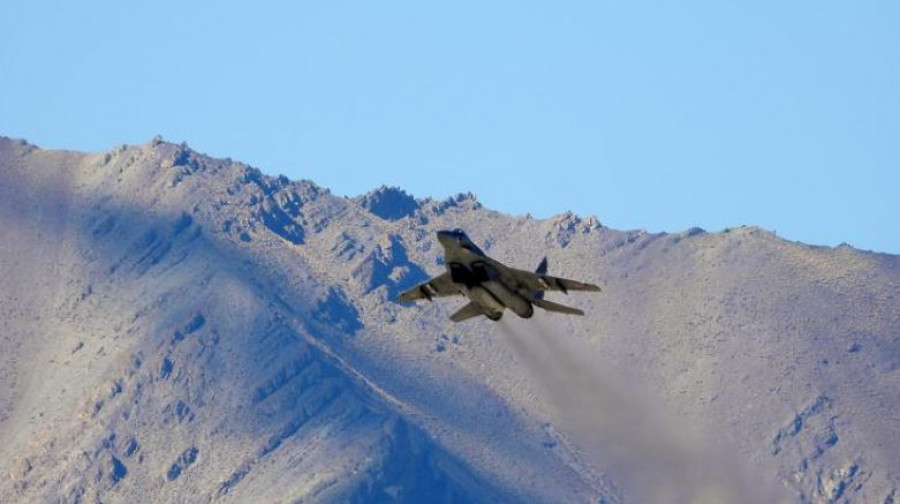 |
| A file photo of an Indian fighter plane flying over a mountain range in Leh, in the Ladakh region. Photo: Reuters |
Earlier, following reports that five Indians from the state of Arunachal Pradesh had gone missing, an Indian minister said that the Chinese People’s Liberation Army confirmed they had been found in China.
Their disappearance coincided with a border confrontation that week in the western Himalayas, during which both accused the other of firing in the air.
The two sides have long observed a protocol avoiding the use of firearms in the undemarcated frontier, though violence has erupted in the past.
On September 10, Chinese State Councillor Wang Yi and Indian Foreign Minister S. Jaishankar met in Moscow and agreed to de-escalate the border tensions.
Global Times editor-in-chief Hu Xijin said on the Chinese Twitter-like app Weibo that China-India relations were stabilising. Observers of China’s foreign relations often watch Hu’s messages on social media to gauge sentiment from Beijing policymakers.
“It seems that the successive meetings between the Chinese and Indian defence ministers and foreign ministers have played a positive role in cooling the situation,” Hu wrote.
Five-point course of action
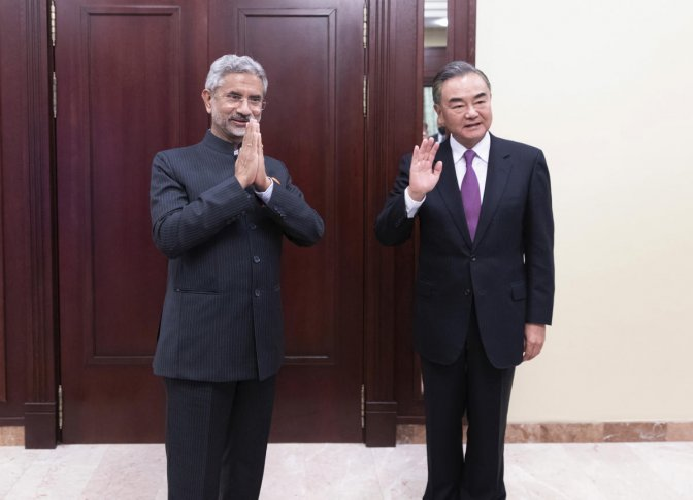 |
| On September 10, Chinese State Councillor Wang Yi (right) and Indian Foreign Minister S. Jaishankar met in Moscow and agreed to de-escalate the border tensions. Photo: Xinhua |
During the meeting between Wang and Jaishanka in Moscow, the two sides agreed on a five-point course of action to disengage and reduce tensions along the Line of Actual Control (LAC), where their troops have been engaged in a four and a half month long stand-off.
“The two Foreign Ministers agreed that the current situation in the border areas is not in the interests of either side. They agreed, therefore, that the border troops of both sides should continue their dialogue, quickly disengage, maintain proper distance and ease tensions,” said a joint press statement issued after the first face-to-face meeting between the two ministers since the stand-off began.
The five-point plan is: following the consensus between Prime Minister Narendra Modi and President Xi Jinping to “not allow differences to become disputes”, disengaging quickly to ease tensions, abiding by the existing India-China border protocols and avoiding escalatory action, continuing the dialogue between Special Representatives National Security Adviser Ajit Doval and Mr. Wang as well as the other mechanisms and working towards new confidence-building measures (CBMs).
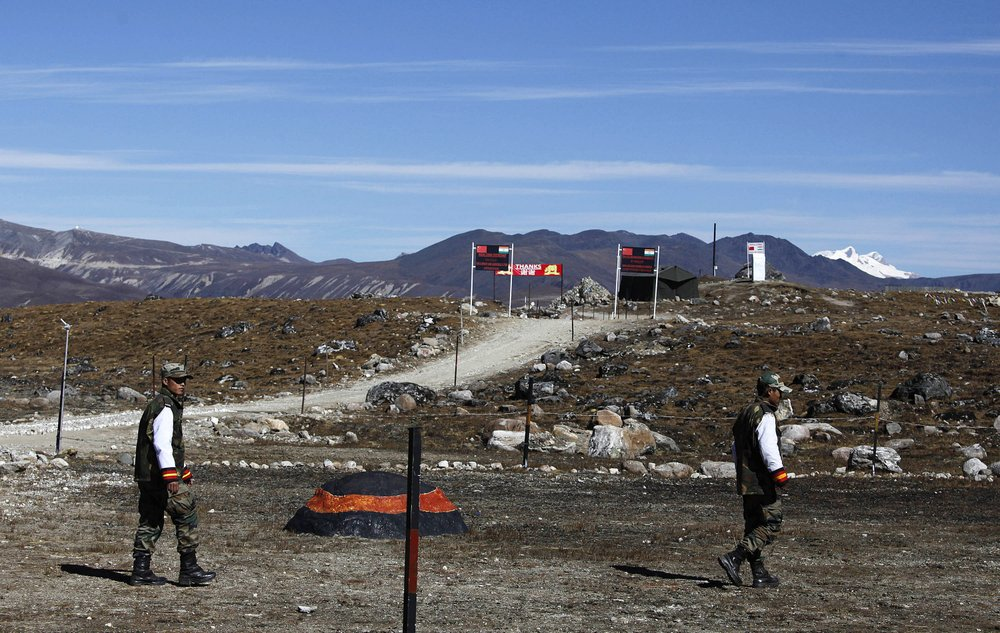 |
| In this Sunday, Oct. 21, 2012, file photo, Indian army soldiers walk along the line of control at the India- China border in Bumla in the northeastern Indian state of Arunachal Pradesh. Photo: AP |
Both sides also issued separate notes detailing their positions, indicating that several differences still remain in their agreement of the situation at the LAC, which has seen violent clashes, deaths of soldiers and gunfire exchanges for the first time in 45 years this summer.
“The immediate task is to ensure a comprehensive disengagement of troops in all the friction areas. That is necessary to prevent any untoward incident in the future. The final disposition of the troop deployment to their permanent posts and the phasing of the process is to be worked out by the military commanders,” government sources said.
However, according to The Hindu, neither the joint statement, nor the respective notes issued specifically spoke of a return to the “Status quo ante” or positions prior to the stand-off in April. Nor do they specifically call on China to retreat from positions it has aggressed on at Pangong Tso, Depsang and other parts of the LAC.
In June, tensions erupted into a frontier clash in which 20 Indian soldiers were killed and China suffered an unspecified number of casualties./.
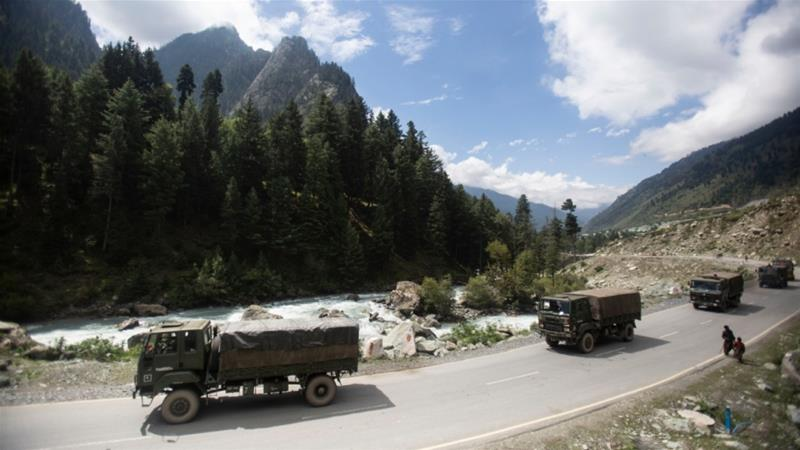 | India bans 118 more mobile apps amidst fresh border tensions with China The Indian government on September 1 banned 118 more Chinese mobile phone applications, including popular online game PUBG. |
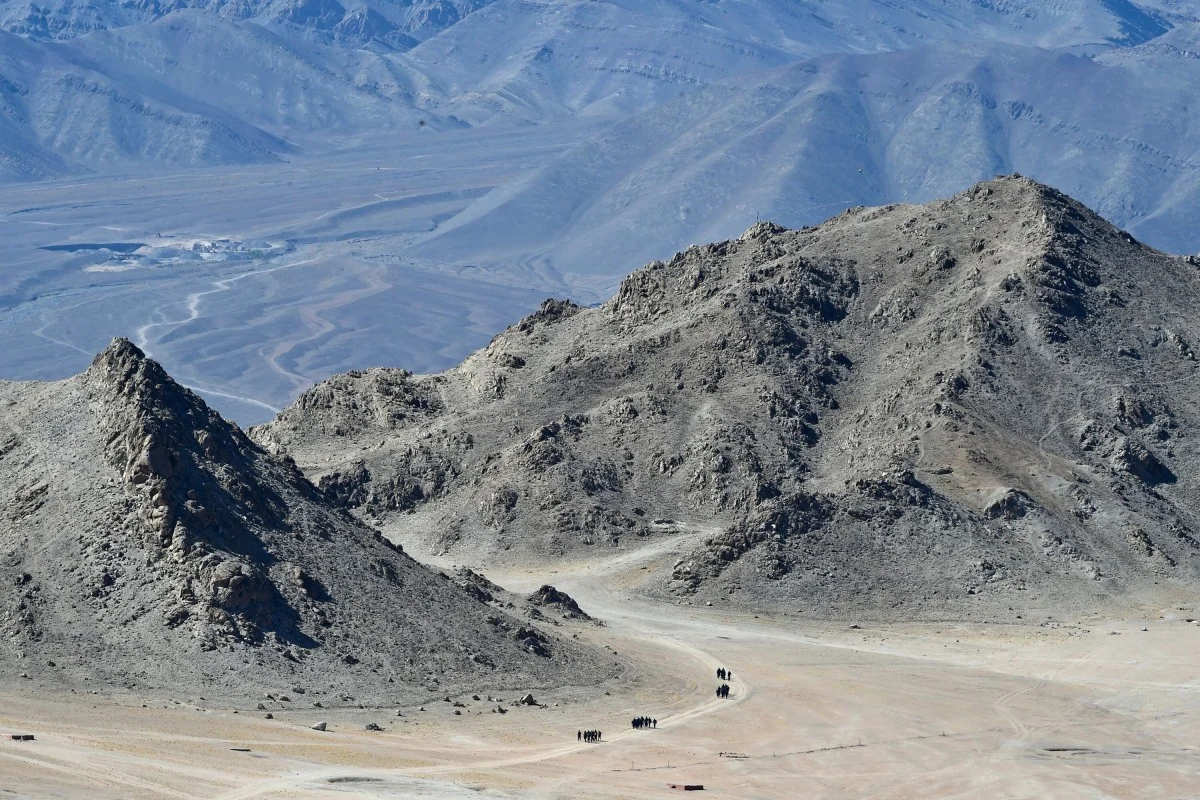 | Border tensions with China urges India to mend fences with its neighbors In several months, borders issues between China and India let both sides into a severe conflict, which requires to hold more talks. It is also ... |
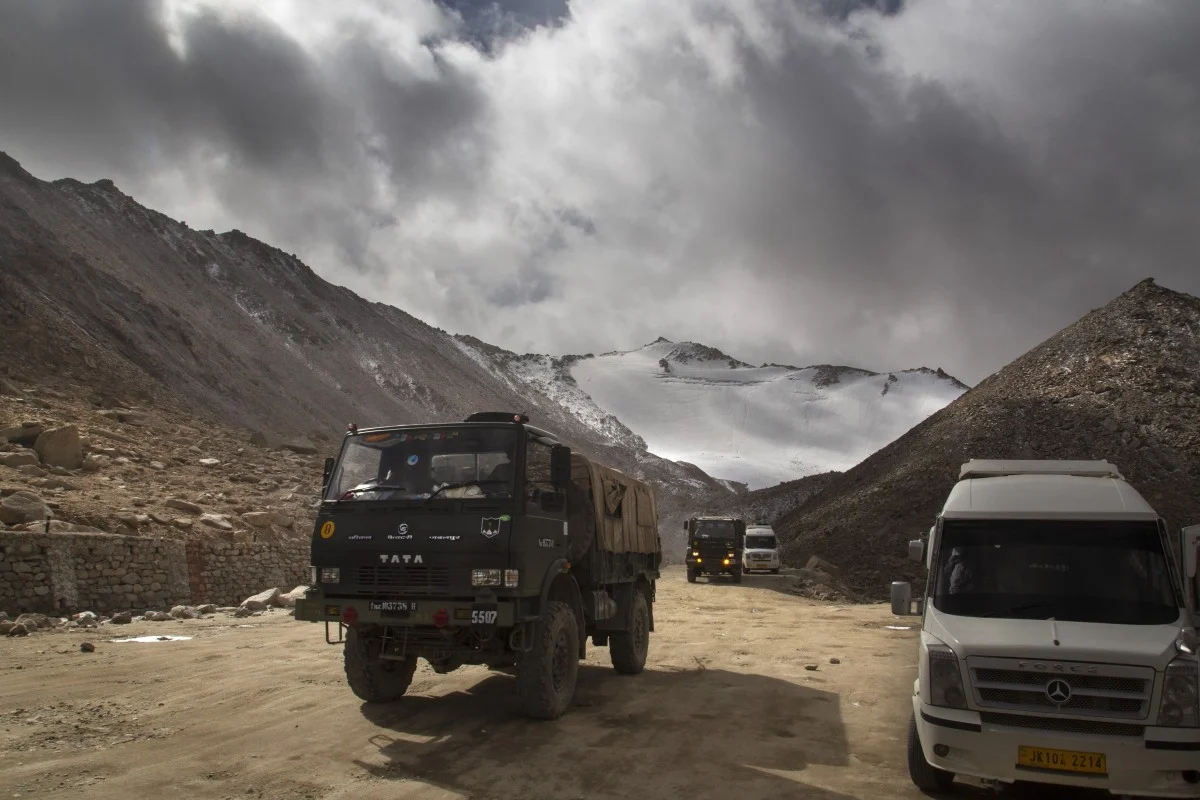 | Top generals from China and India met on Saturday for talks amid a fresh diplomatic effort to resolve a month-long stand-off between their troops along ... |
Recommended
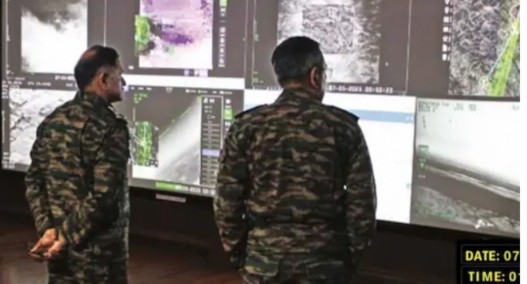 World
World
India reports 9 Pakistani Aircraft Destroyed In Operation Sindoor Strikes
 World
World
Thailand Positions Itself As a Global Wellness Destination
 World
World
Indonesia Accelerates Procedures to Join OECD
 World
World
South Korea elects Lee Jae-myung president
 World
World
22nd Shangri-La Dialogue: Japan, Philippines boost defence cooperation
 World
World
Pakistan NCRC report explores emerging child rights issues
 World
World
"India has right to defend herself against terror," says German Foreign Minister, endorses Op Sindoor
 World
World


